
Starting June 1st, 2023 Our warehouse fee will be $0.65/cubic foot per month
In effort to lower the warehouse storage fee during inflation, we have went narrow aisle racking.This construction took us four months but the project is finally completed. With narrow aisle racking, we are able to drop storage by 24%.We as partners will go through this inflation together.
05/06/2024
Yesterday's collision involving the 32,000-ton container ship, Dali, and the 1.6-mile Francis Scott Key bridge over the Patapsco River in Baltimore has plunged supply chains into further uncertainty. The collision led to the collapse of the bridge, halting ship traffic at the Port of Baltimore indefinitely.
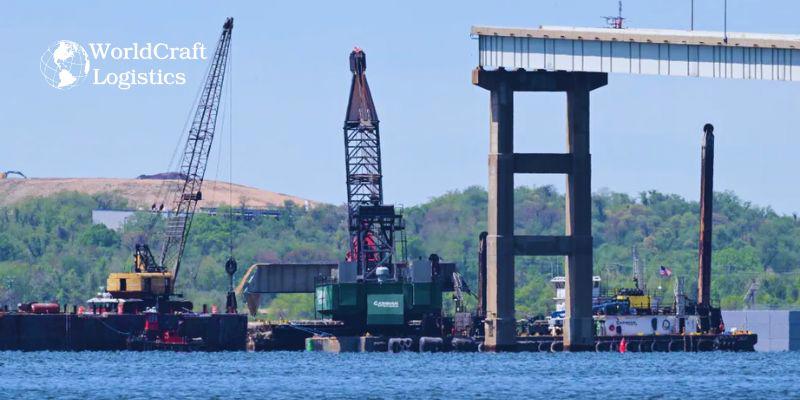
Operated by AP Moeller Maersk A/S, the Dali containership was on an international route between the U.S. east coast and Asia. The bridge collapse obstructed the primary access to the port, stranding six bulk carriers and two navy vessels, as reported by S&P Global Market Intelligence.
With maritime traffic suspended at the Port of Baltimore, supply chain stakeholders are compelled to redirect ocean transits to alternative ports such as Norfolk, Philadelphia, and New York and New Jersey. Lessons learned from pandemic challenges emphasize the importance of resilient supply chains and contingency planning.
The Port of Baltimore, ranked 11th by total tons nationally, handled a record amount of cargo last year, valued at $80.8 billion. Notably, it led in handling autos and light trucks for the 13th consecutive year. Additionally, it managed significant volumes of sugar, gypsum, coffee imports, and coal exports.
Everstream Analytics highlights the Port of Baltimore as one of the top 10 U.S. ports by cargo value, critical for various commodities including steel, aluminum, sugar, vehicles, and containers. The port usually accommodates 30-to-40 container vessels weekly, but now, with diversions necessary, congestion looms at alternative ports, impacting vessel schedules and labor capacities.
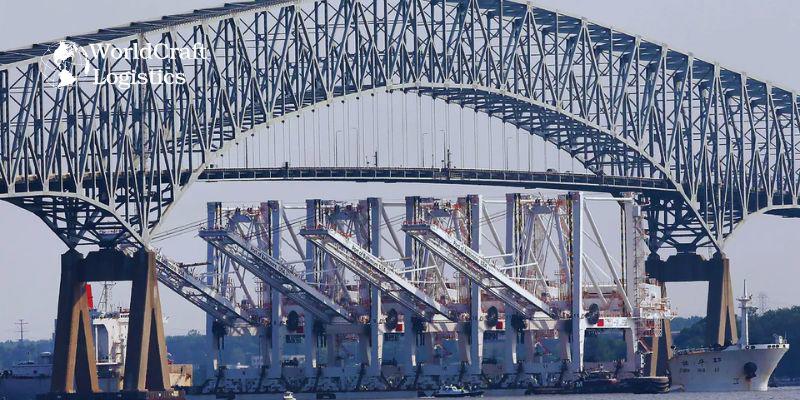
Mirko Woitzik, Global Director of Intelligence at Everstream Analytics, warns of potential months-long congestion at alternative ports like Philadelphia and Norfolk due to the diversion surge. He underscores the need for contingency planning to mitigate the impact on cargo bound for Baltimore and the surrounding areas.
The automotive and sugar industries face significant risks due to the disruption. The Port of Baltimore is a vital artery for automotive imports and the primary entry point for sugar imports for Domino Foods' refinery operations.
Chris Rogers of S&P Global Market Intelligence notes the challenges for northeast U.S. supply chains, including access to vital waterways and the looming threat of port strikes. Reconstruction of the bridge and cargo delays are expected to be prolonged, with rerouting possibilities to nearby ports such as Wilmington and Philadelphia.
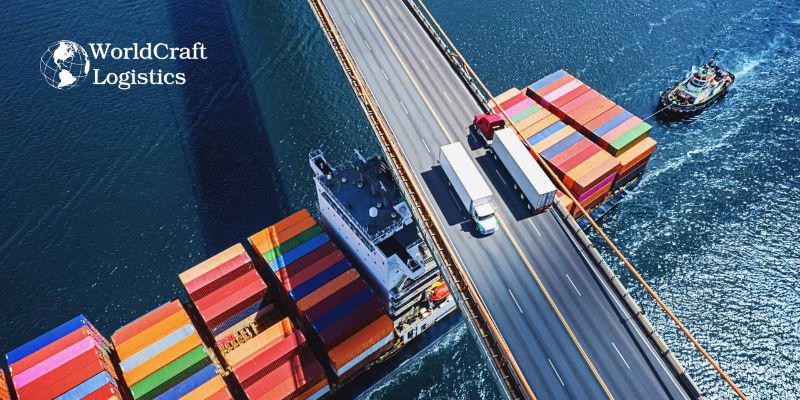
From an economic standpoint, Larry Gross estimates the impact on inbound TEU volumes at the Port of Baltimore, highlighting the ability of alternative ports to absorb diversions without significant capacity issues. However, increased dray costs and disruptions in vehicle imports are anticipated, signaling broader implications for local traffic and industry stakeholders.
Other articles on the same topic:
👉 Tax Regulations Relaxed for Truck Drivers Amid Baltimore Bridge Collapse Response
👉 Baltimore Bridge Collapses Following Containership Collision
SEO
Digital Marketing/SEO Specialist
Simon Mang is an SEO and Digital Marketing expert at Wordcraft Logistics. With many years of experience in the field of digital marketing, he has shaped and built strategies to effectively promote Wordcraft Logistics' online presence. With a deep understanding of the logistics industry, I have shared more than 500 specialized articles on many different topics.
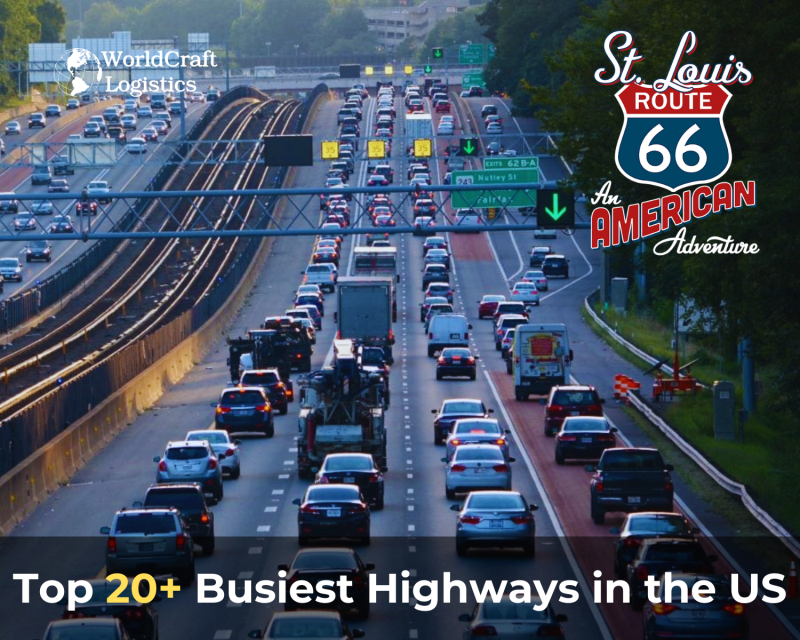
Hot News
08/05/2024
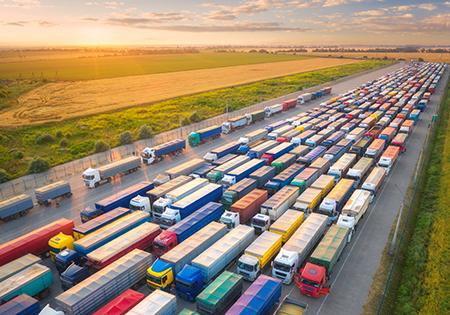
Hot News
02/23/2023
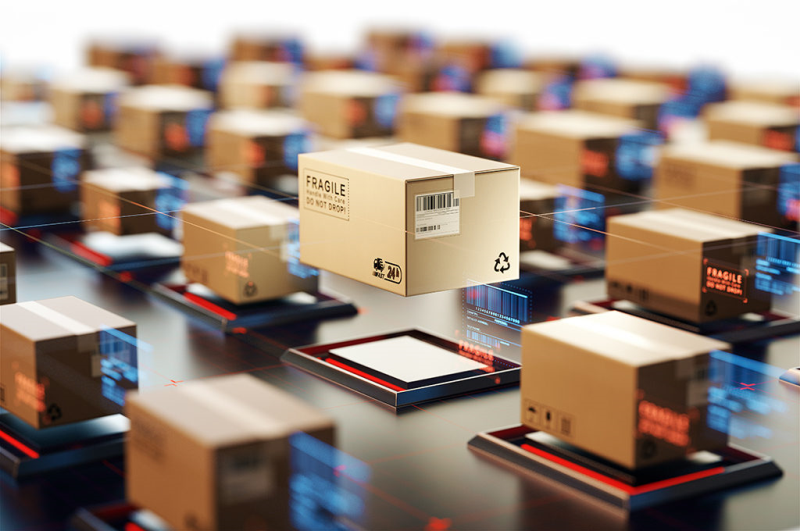
Hot News
02/23/2023
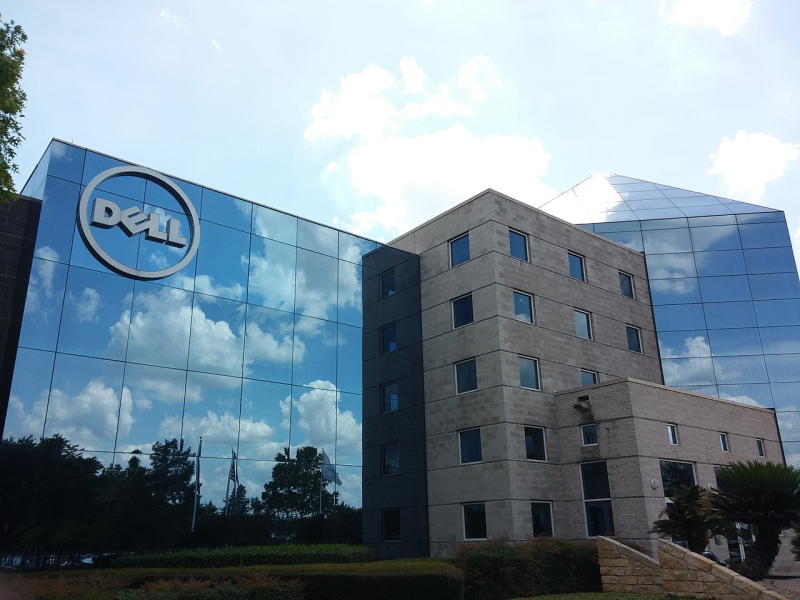
Hot News
02/06/2023
Hot News
02/07/2023